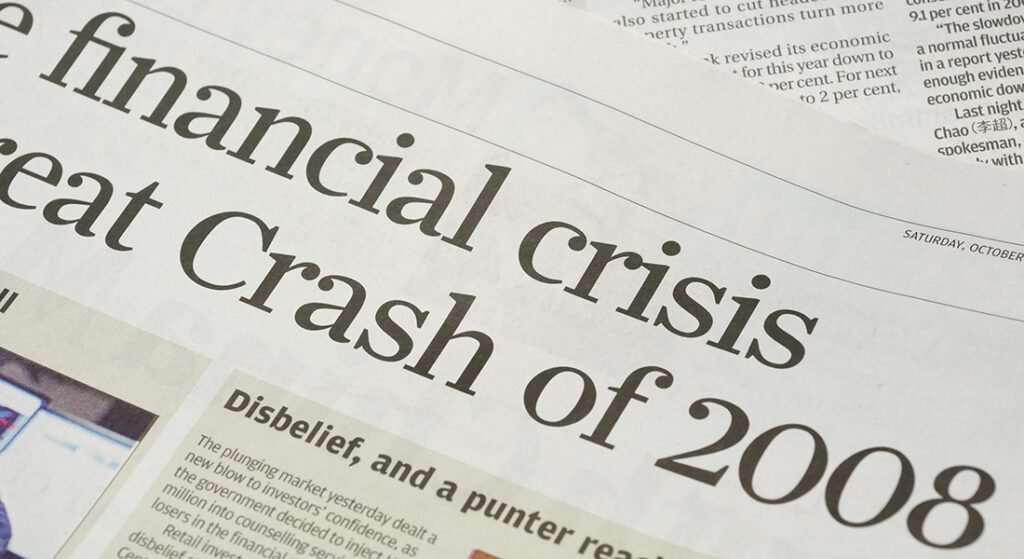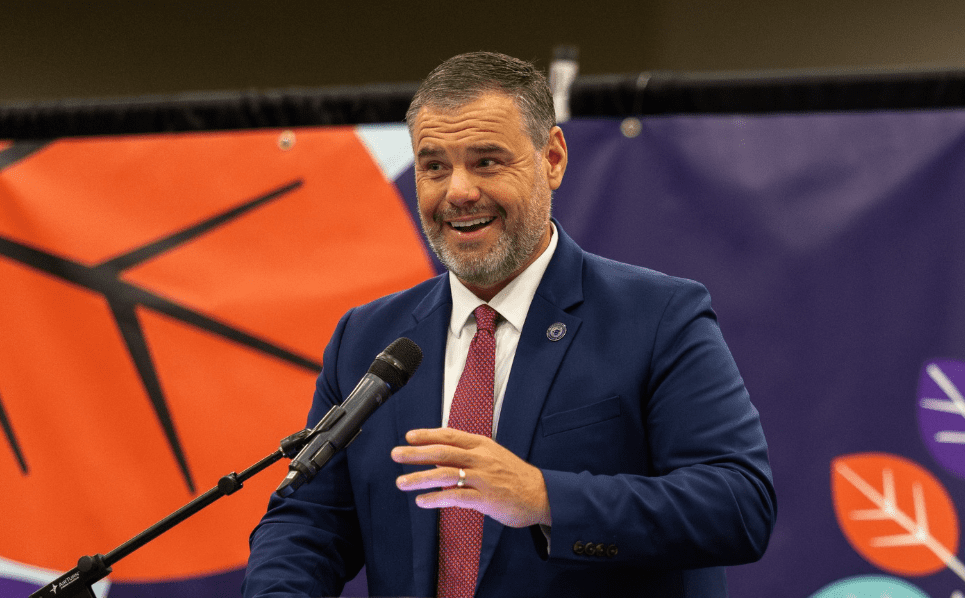
It’s time for an adult conversation on what is driving deficiencies and how to responsibly fix them.
Mississippi’s Public Employee Retirement System (PERS) is in trouble. It has been that way for quite a while. Only no one wants to admit it. Addressing the fault lines in the program is fraught with peril for politicians.
Failing to do so poses larger risks both to public workers and our state’s economy. Lurking in the shadows is one of the largest unfunded liabilities in the entire country.
Days before Christmas, the PERS Board of Trustees used what tools it has at its disposal. It voted to increase the employer contribution rate to 22.4 percent, effective October 1, 2023.
Combined with the 9 percent employee contribution, the total contribution rate will jump to 31.4 percent. Nearly 32 cents of every dollar earned by a public employee will go to shoring up the state retirement system.
This is an extraordinary expense, both to public employees and their employers. In contrast, private sector retirement contributions, when offered, typically range from 3 to 5 percent.
While it may seem like a unique perk to public employment to get such a high contribution toward retirement, it has the actual economic effect of suppressing public wages.
Public employees are being paid less now than they could otherwise make on the promise of more lucrative retirement benefits in the future. But is the promise worth it? Is it reliable?
Changing Work Habits Make Public Retirement Less Enticing
The first question is difficult, particularly for younger workers. Across the board, workers are staying in jobs for much shorter periods of time than a generation ago. For most people under 40, the thought of being in one job for more than a few years seems strange.
A Bureau of Labor Statistics study in 2022 found that the median tenure for a state government worker is now 6.3 years. Anyone who started a government job in Mississippi after 2007 must work 8 years before they vest and are eligible to collect retirement benefits.

If you are doing the math, this means that someone working the median tenure will not work long enough to reap the benefit of either the massive employer contribution, or the nearly ten percent of their own salary being deducted. Instead, they will simply receive less income.
While unlikely to admit it publicly, the heads of many state agencies will acknowledge behind closed doors that the lure of state retirement is not as attractive to the next generation of workers. The effect of reduced salaries makes it harder to attract and retain top talent.
How Secure is PERS?
As to the reliability of the benefits, it is far more tenuous than plan administrators admit. At the turn of the 21st Century, many states increased the retirement benefits available to public workers without commensurate increases in eligibility standards. Mississippi was among them.
These policy decisions were rooted in assumptions around how investment of retirement funds would perform in the stock market—namely very high assumed rates of return. When the dot com bubble burst in 2001, public pensions took a wallop. As the market recovered in the years following the crash, public pensions also partially recovered. Then the Financial Crisis hit and they were walloped again. Only this time pension fund recoveries did not match the stock market’s recovery.

In 2022, public pension funds faced pressure from two angles. The stock market suffered its worst year since 2008, clawing back gains that were experienced in 2020-2021. Simultaneously, high inflation impacted cost of living adjustments. Mississippi has an automatic cost of living adjustment.
So what is the shape of Mississippi’s PERS? According to a new study by the Equable Institute, there are eight states with public pensions funded at over 90 percent. There are twenty-three states with pensions funded at over 80 percent. These are considered “resilient” or “safe.” There are twenty-two states funded between 60 percent and 80 percent. These are considered “fragile.”
Finally, there are six states funded under 60 percent. Mississippi is one of these six states, considered “in distress.” Mississippi’s system is funded at 59.9 percent, with an estimated unfunded liability of over $20.5 billion.
Conversations around PERS understandably evoke a lot of emotion. People in the system have worked really hard for a lot of years on the promise of a solid retirement. The state’s ability to deliver on that promise, though, is not served by burying our heads in the sand.
It’s time for an adult conversation on what is driving deficiencies and how we can responsibly fix them. Adjusting contribution rates could be a part of the answer, but it almost certainly is not the whole answer.











